AI agent deployment at major U.S. organizations has entered a period of hyper-growth, with workplace culture and management strategies evolving just as rapidly, according to the latest KPMG Q3 2025 AI Quarterly Pulse Survey. In just six months, the share of organizations with deployed artificial intelligence agents quadrupled from 11% to 42%, according to the survey of 130 U.S.-based C-suite and business leaders representing organizations with annual revenue of $1 billion or more.
At the same time, according to Rahsaan Shears, principal and aIQ program lead at KPMG U.S., the third quarter is when people’s approach to the technology fundamentally shifted. The “fear factor” was gone as more people actually worked with these tools, she said, and in its place a “cognitive fatigue” emerged. Echoing this sentiment, the KPMG report highlights a dramatic drop in employee resistance—from 47% last quarter to just 21% now. Over half of the workforce now either accepts or actively embraces AI agents. Technology departments lead the charge, with 95% reporting agent usage for productivity gains, followed closely by operations and risk management.
Shears said C-suite leaders are telling her that as more and more workers have engaged with the technology, either through enterprise tools or participating in a proof of concept by their organization, “they can see where it’s an enabler.” But based on its maturity, it hasn’t reached the point where it can entirely replace human workers. There needs to be “a human in the loop or a human on the loop.”
A defining insight from Shears is the changing relationship between humans and AI at work. Shears describes the technology as “a toddler”—capable of impressive feats yet still immature and requiring context, guidance, and oversight. “It’s not a toddler in all fields—software development, for instance, it’s much more advanced. But for most enterprise uses, it still needs human intervention, she observed.
This ongoing need for human skills, Shears believes, has made employees more comfortable with AI, seeing it as a tool that enables rather than replaces them. “That persistent need for human engagement—I think people have found that comforting,” Shears said, emphasizing the unique skills now required: critical thinking, questioning, and adaptability. She said she believes “Renaissance skills” will be increasingly important, but clarified that it doesn’t mean the workforce will be full of poetry majors. Still, “the art of thinking, the art of questioning” will be crucial for being the human in the loop.
AI agent deployment at major U.S. organizations has entered a period of hyper-growth, with workplace culture and management strategies evolving just as rapidly, according to the latest KPMG Q3 2025 AI Quarterly Pulse Survey. In just six months, the share of organizations with deployed artificial intelligence agents quadrupled from 11% to 42%, according to the survey of 130 U.S.-based C-suite and business leaders representing organizations with annual revenue of $1 billion or more.
At the same time, according to Rahsaan Shears, principal and aIQ program lead at KPMG U.S., the third quarter is when people’s approach to the technology fundamentally shifted. The “fear factor” was gone as more people actually worked with these tools, she said, and in its place a “cognitive fatigue” emerged. Echoing this sentiment, the KPMG report highlights a dramatic drop in employee resistance—from 47% last quarter to just 21% now. Over half of the workforce now either accepts or actively embraces AI agents. Technology departments lead the charge, with 95% reporting agent usage for productivity gains, followed closely by operations and risk management.
Shears said C-suite leaders are telling her that as more and more workers have engaged with the technology, either through enterprise tools or participating in a proof of concept by their organization, “they can see where it’s an enabler.” But based on its maturity, it hasn’t reached the point where it can entirely replace human workers. There needs to be “a human in the loop or a human on the loop.”
A defining insight from Shears is the changing relationship between humans and AI at work. Shears describes the technology as “a toddler”—capable of impressive feats yet still immature and requiring context, guidance, and oversight. “It’s not a toddler in all fields—software development, for instance, it’s much more advanced. But for most enterprise uses, it still needs human intervention, she observed.
This ongoing need for human skills, Shears believes, has made employees more comfortable with AI, seeing it as a tool that enables rather than replaces them. “That persistent need for human engagement—I think people have found that comforting,” Shears said, emphasizing the unique skills now required: critical thinking, questioning, and adaptability. She said she believes “Renaissance skills” will be increasingly important, but clarified that it doesn’t mean the workforce will be full of poetry majors. Still, “the art of thinking, the art of questioning” will be crucial for being the human in the loop.



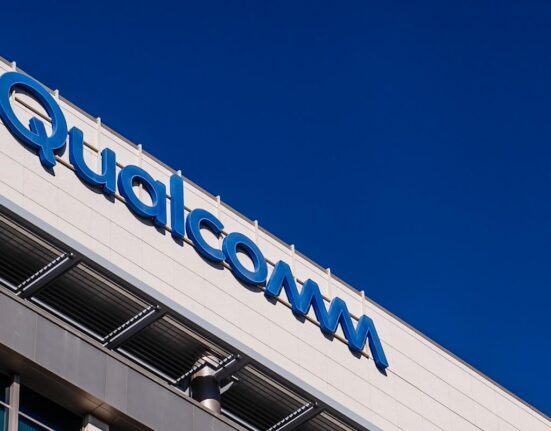

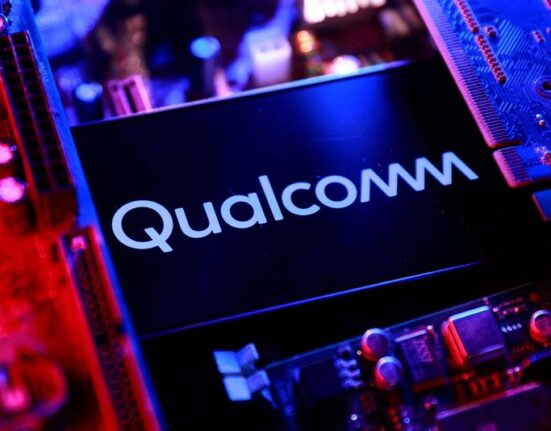

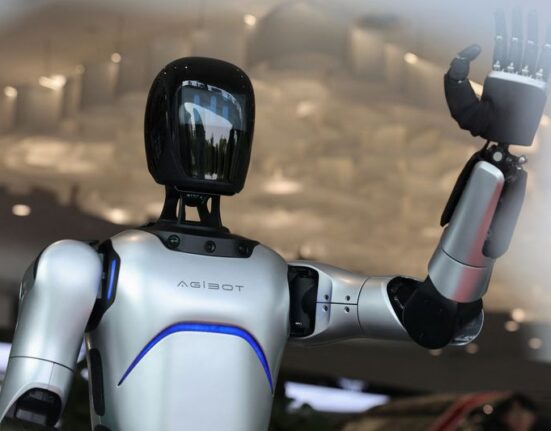

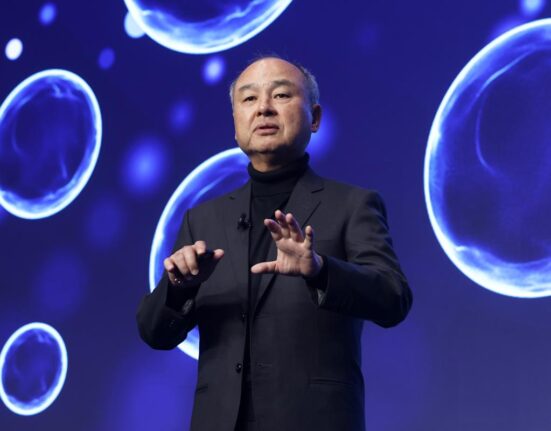
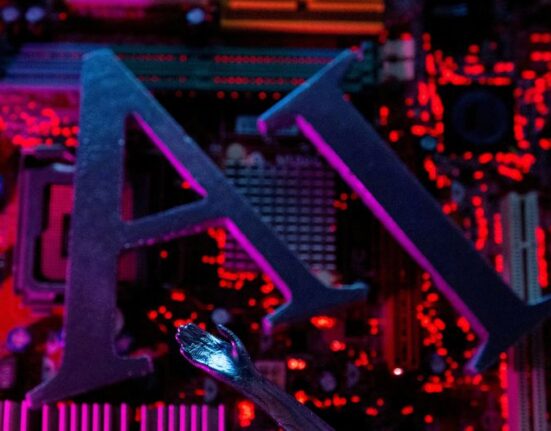

Leave feedback about this